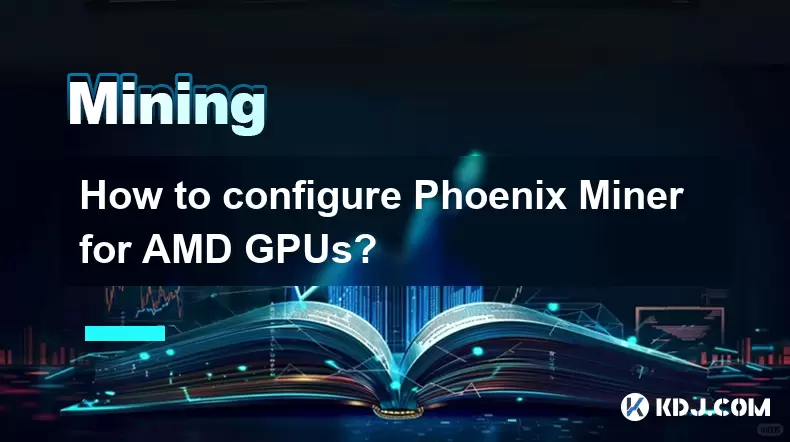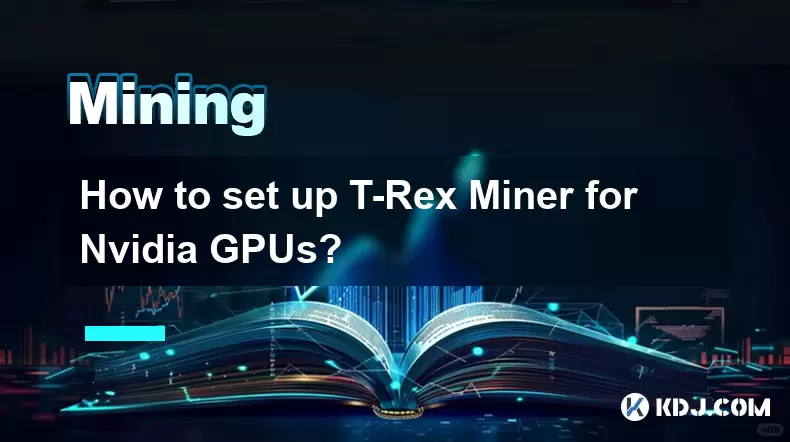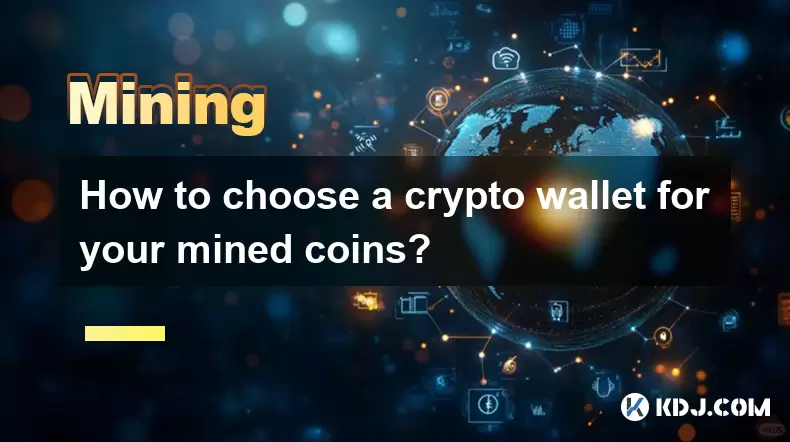-
 Bitcoin
Bitcoin $117600
0.25% -
 Ethereum
Ethereum $4424
0.10% -
 XRP
XRP $3.101
0.50% -
 Tether USDt
Tether USDt $1.001
-0.01% -
 BNB
BNB $836.2
1.26% -
 Solana
Solana $188.8
2.11% -
 USDC
USDC $1.000
0.01% -
 Dogecoin
Dogecoin $0.2301
0.57% -
 TRON
TRON $0.3485
-1.00% -
 Cardano
Cardano $0.9209
-1.34% -
 Hyperliquid
Hyperliquid $46.72
-1.19% -
 Chainlink
Chainlink $22.62
4.84% -
 Stellar
Stellar $0.4275
-0.38% -
 Sui
Sui $3.761
1.91% -
 Bitcoin Cash
Bitcoin Cash $586.7
-0.25% -
 Ethena USDe
Ethena USDe $1.001
0.01% -
 Hedera
Hedera $0.2510
2.06% -
 Avalanche
Avalanche $24.21
2.22% -
 Litecoin
Litecoin $119.7
1.07% -
 Toncoin
Toncoin $3.450
1.06% -
 UNUS SED LEO
UNUS SED LEO $9.411
-0.93% -
 Shiba Inu
Shiba Inu $0.00001298
1.20% -
 Uniswap
Uniswap $10.98
3.25% -
 Polkadot
Polkadot $3.961
2.16% -
 Dai
Dai $1.000
0.00% -
 Bitget Token
Bitget Token $4.642
0.95% -
 Cronos
Cronos $0.1514
0.57% -
 Ethena
Ethena $0.7290
3.78% -
 Monero
Monero $254.1
7.69% -
 Pepe
Pepe $0.00001102
2.47%
How to mine etc currency
Ethereum Classic (ETC) mining requires specialized hardware like ASICs or GPUs, essential software for mining and connecting to pools, careful pool selection for increased stability and profitability, and troubleshooting common issues like low hash rates or hardware overheating.
Jan 12, 2025 at 02:14 am

A Comprehensive Guide to Mining Ethereum (ETC)
Key Points:
- Introduction to Ethereum Classic
- Choosing the Right Mining Hardware
- Essential Software for ETC Mining
- Choosing a Mining Pool
- Mining ETC Profitability
- Troubleshooting Common Issues
- FAQs about ETC Mining
Introduction to Ethereum Classic
Ethereum Classic (ETC) is a decentralized blockchain and cryptocurrency platform derived from the Ethereum blockchain after the DAO hack of 2016. ETC maintains the original Ethereum codebase and operates independently of Ethereum.
Main Features of ETC:
- Immutability: Transactions recorded on the ETC blockchain are immutable and cannot be reversed.
- Decentralized: ETC is not controlled by a central authority and is maintained by a network of nodes worldwide.
- Smart Contract Support: ETC supports smart contracts, allowing developers to build decentralized applications on the blockchain.
Choosing the Right Mining Hardware
ASIC Miners: ASICs (Application-Specific Integrated Circuits) are specialized hardware designed specifically for mining cryptocurrencies. They offer high performance and energy efficiency but can be expensive.
GPUs: Graphic Processing Units (GPUs) can be used to mine ETC, providing a balance between cost and efficiency. However, they may require specialized software and cooling systems.
CPUs: CPUs (Central Processing Units) can also mine ETC but are generally less efficient than GPUs and ASICs. They are suitable for small-scale mining operations.
Factors to Consider When Choosing Hardware:
- Hash Rate: Higher hash rates lead to faster mining speeds.
- Power Consumption: ASICs consume less power than GPUs but more than CPUs.
- Cost: ASICs are the most expensive option, while CPUs are the most affordable.
- Availability: GPU and ASIC availability may vary depending on market conditions.
Essential Software for ETC Mining
- Miner Software: Software that controls the mining process, such as Claymore's Dual Ethereum Miner or ETHminer.
- Pool Software: Software that connects you to a mining pool, such as Poolin or Ethermine.
- Wallet: A software or hardware device that stores your ETC.
- Operating System: Windows, Linux, or macOS operating systems can be used for mining.
Installing and Configuring Software:
- Download and install the required software packages.
- Configure miner settings to connect to a pool and specify your wallet address.
- Customize overclocking and cooling options for optimal performance.
Choosing a Mining Pool
Benefits of Joining a Pool:
- Increased Stability: Pools combine the hash rates of multiple miners, improving stability and reducing solo mining risks.
- Faster Payouts: Pools typically process payments more frequently than solo mining.
- Lower Difficulty: Pools distribute mining tasks based on your hash rate, making it easier to find blocks.
Factors to Consider When Selecting a Pool:
- Pool Fee: Mining pools charge a percentage of your earnings as a fee.
- Hash Rate: Choose pools with high hash rates to increase your chances of block rewards.
- Payout Structure: Consider pools that offer flexible payout options, such as Pay Per Share or Proportional.
- Reputation: Opt for pools with a good reputation and a track record of timely payments.
Mining ETC Profitability
Factors Affecting Profitability:
- Hash Rate: Higher hash rates directly impact your mining rewards.
- Pool Fee: Pool fees reduce your earnings.
- Electricity Costs: Mining consumes electricity, which can significantly affect profitability.
- ETC Price: The value of ETC fluctuates, impacting your potential earnings.
Calculating Profitability:
- Estimate your electricity costs per kilowatt-hour.
- Determine your expected hash rate and pool fee.
- Use online calculators or spreadsheets to estimate your potential profit.
- Evaluate profitability regularly based on changing electricity costs or ETC price.
Troubleshooting Common Issues
- Low Hash Rate: Ensure your hardware is properly configured and consider using Overclocking tools to maximize performance.
- No Shares Found: Check your internet connection and make sure your miner is actively connected to the pool.
- Invalid Shares: Optimize your mining software settings or adjust your hardware's clock speeds.
- Pool Disconnection: Restart your miner software and ensure a stable internet connection.
- Hardware Overheating: Provide proper cooling solutions to prevent hardware damage.
FAQs about ETC Mining
What is the difference between ETC and ETH?
ETC is the original Ethereum blockchain, while ETH represents the forked chain following the DAO hack. ETC maintains the original Ethereum codebase, whereas ETH has undergone significant upgrades.
Is it profitable to mine ETC?
Mining profitability depends on various factors, including hardware efficiency, electricity costs, pool fees, and ETC price. It is essential to carefully assess these factors before investing in mining equipment.
How long does it take to mine an ETC block?
The time required to mine an ETC block varies depending on the network difficulty and your hash rate. On average, it takes approximately 10 minutes to mine a block with a high-hash rate.
What is the block reward for mining ETC?
The block reward for mining ETC is currently 3.2 ETC. The block reward is adjusted periodically through a process called "difficulty bomb," designed to migrate ETC to Proof of Stake (PoS) consensus.
Disclaimer:info@kdj.com
The information provided is not trading advice. kdj.com does not assume any responsibility for any investments made based on the information provided in this article. Cryptocurrencies are highly volatile and it is highly recommended that you invest with caution after thorough research!
If you believe that the content used on this website infringes your copyright, please contact us immediately (info@kdj.com) and we will delete it promptly.
- Kazakhstan's Crypto Leap: Bitcoin ETF and Central Asia's Digital Finance Future
- 2025-08-13 12:45:19
- BlockDAG Presale Blazes Past $371M: Fundraising Frenzy Fuels Crypto Sensation
- 2025-08-13 13:05:21
- Meme Coins: Chasing the 2025 Surge – Which Will Moonshot?
- 2025-08-13 10:25:23
- Bitcoin's Wild Ride: Rally, Pullback, and What's Next
- 2025-08-13 10:25:23
- Bitcoin, Bitmax, and Institutional Demand: A New Era of Crypto Investment
- 2025-08-13 10:45:12
- Solana, ROAM, and Airdrops: What's the Buzz in 2025?
- 2025-08-13 11:35:13
Related knowledge

How to configure Phoenix Miner for AMD GPUs?
Aug 11,2025 at 03:21am
Understanding Phoenix Miner and Its Compatibility with AMD GPUsPhoenix Miner is a lightweight, high-performance Ethereum mining software designed for ...

How to set up T-Rex Miner for Nvidia GPUs?
Aug 10,2025 at 12:07am
Understanding T-Rex Miner and Its Compatibility with Nvidia GPUsT-Rex Miner is a high-performance mining software designed specifically for Nvidia GPU...

What is "proof-of-work" and how does it relate to mining?
Aug 07,2025 at 02:03pm
Understanding the Concept of Proof-of-WorkProof-of-work (PoW) is a consensus mechanism used in blockchain networks to validate transactions and secure...

How to choose a crypto wallet for your mined coins?
Aug 13,2025 at 11:36am
Understanding the Types of Crypto Wallets for Mined CoinsWhen selecting a crypto wallet for your mined coins, the first step is to understand the diff...

What are the differences between mining on Windows vs. Linux?
Aug 06,2025 at 11:29pm
Overview of Cryptocurrency Mining PlatformsCryptocurrency mining involves using computational power to solve complex cryptographic puzzles and validat...

How to use an old computer for cryptocurrency mining?
Aug 07,2025 at 12:42pm
Understanding the Feasibility of Using an Old Computer for MiningUsing an old computer for cryptocurrency mining may seem outdated, but it is still te...

How to configure Phoenix Miner for AMD GPUs?
Aug 11,2025 at 03:21am
Understanding Phoenix Miner and Its Compatibility with AMD GPUsPhoenix Miner is a lightweight, high-performance Ethereum mining software designed for ...

How to set up T-Rex Miner for Nvidia GPUs?
Aug 10,2025 at 12:07am
Understanding T-Rex Miner and Its Compatibility with Nvidia GPUsT-Rex Miner is a high-performance mining software designed specifically for Nvidia GPU...

What is "proof-of-work" and how does it relate to mining?
Aug 07,2025 at 02:03pm
Understanding the Concept of Proof-of-WorkProof-of-work (PoW) is a consensus mechanism used in blockchain networks to validate transactions and secure...

How to choose a crypto wallet for your mined coins?
Aug 13,2025 at 11:36am
Understanding the Types of Crypto Wallets for Mined CoinsWhen selecting a crypto wallet for your mined coins, the first step is to understand the diff...

What are the differences between mining on Windows vs. Linux?
Aug 06,2025 at 11:29pm
Overview of Cryptocurrency Mining PlatformsCryptocurrency mining involves using computational power to solve complex cryptographic puzzles and validat...

How to use an old computer for cryptocurrency mining?
Aug 07,2025 at 12:42pm
Understanding the Feasibility of Using an Old Computer for MiningUsing an old computer for cryptocurrency mining may seem outdated, but it is still te...
See all articles

























































































